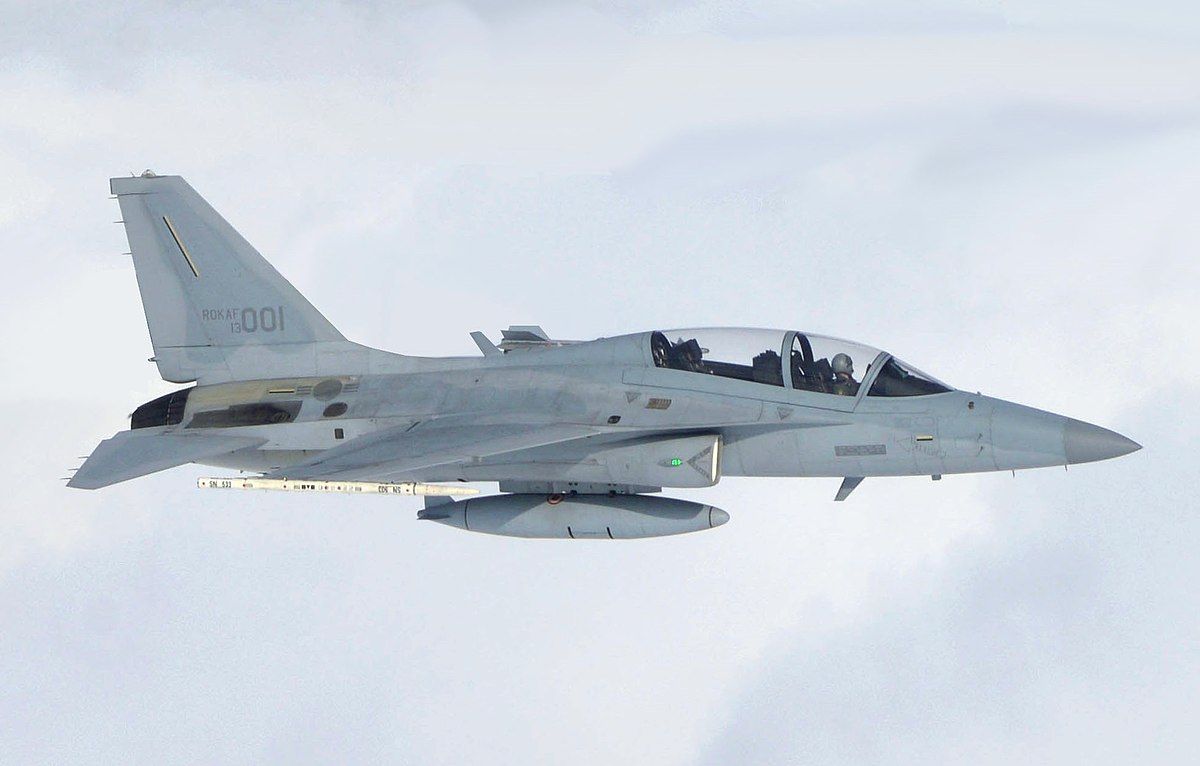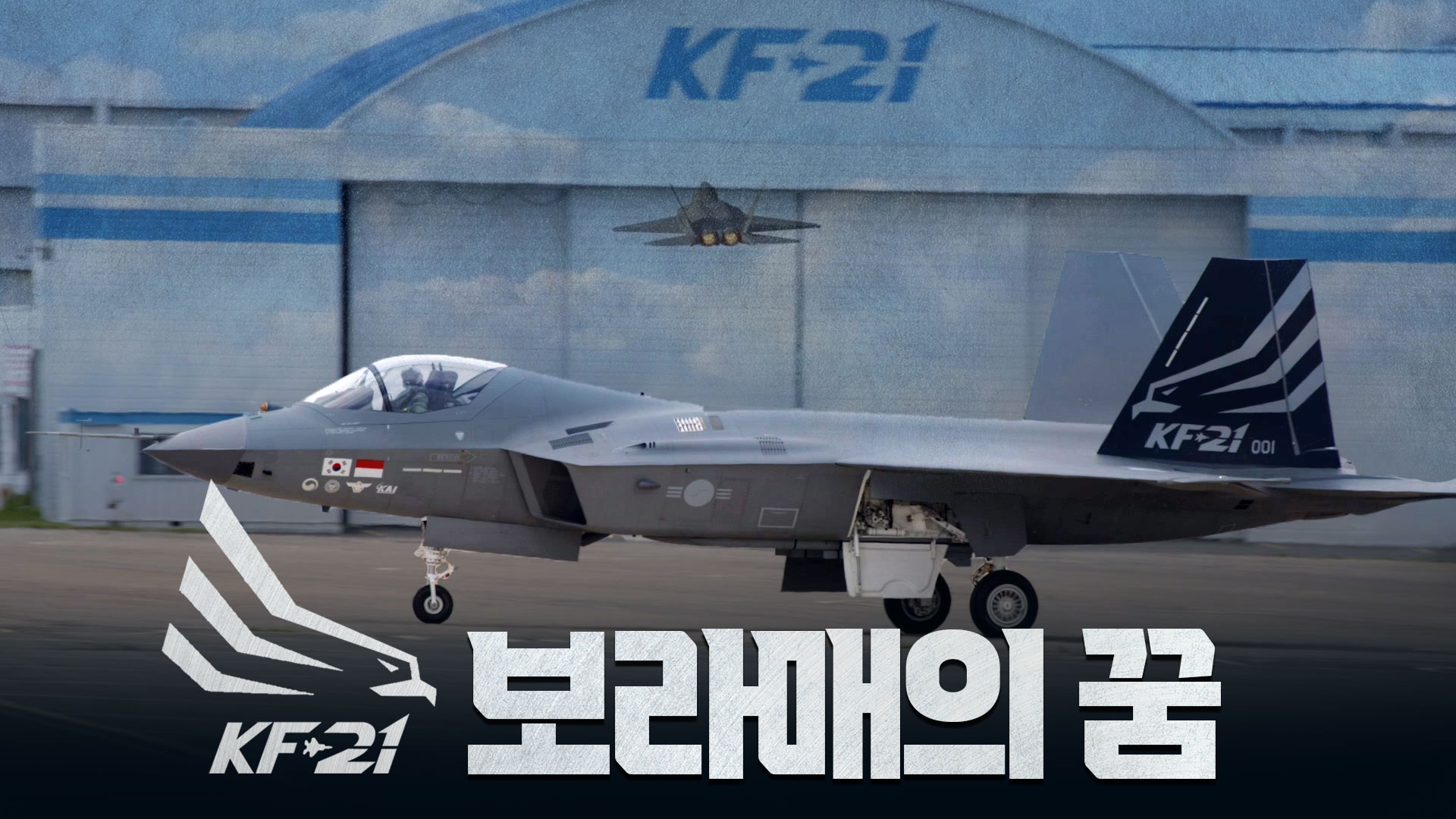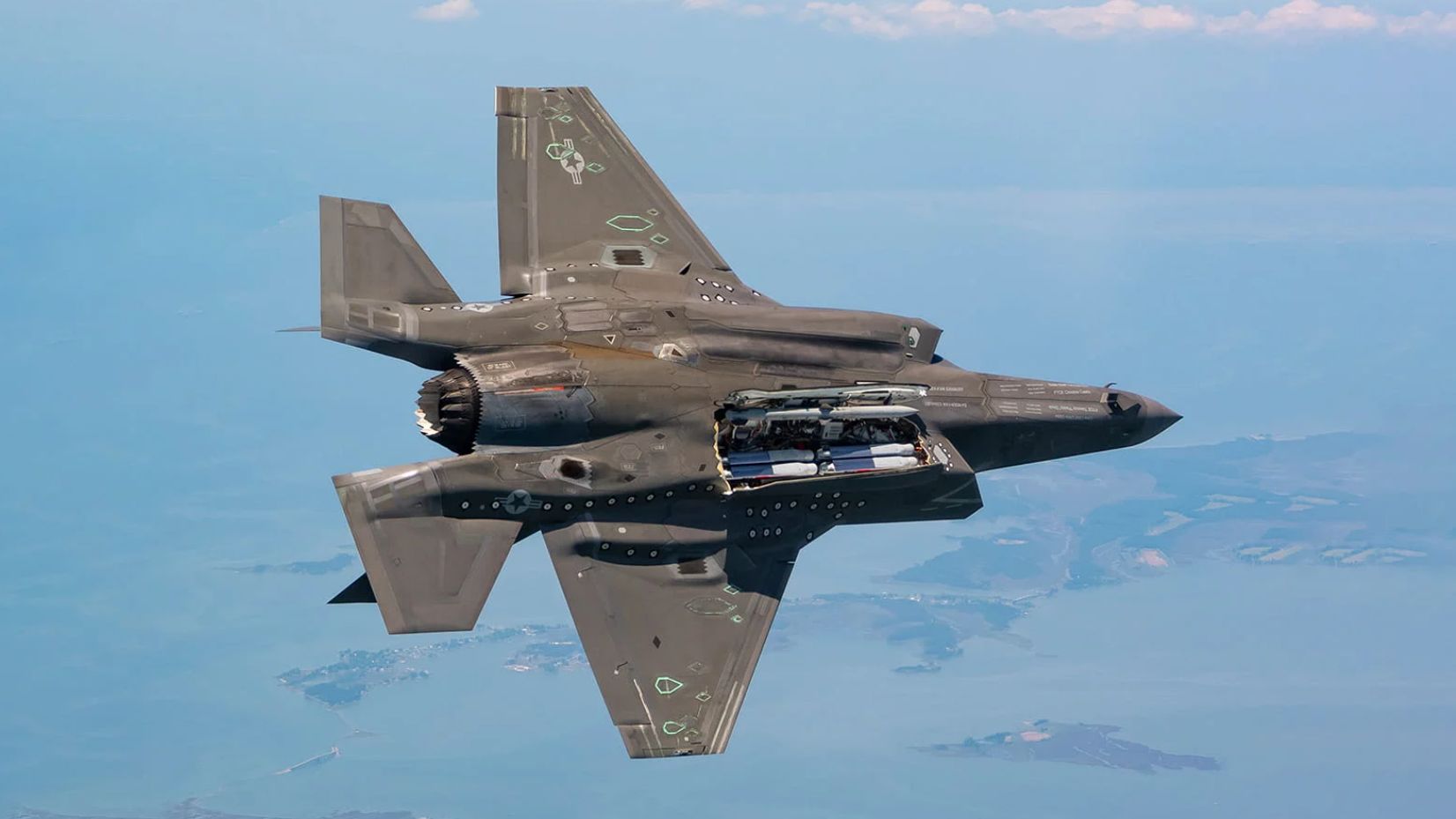After signing a deal to export 18 FA-50 Lead In Trainer-Light Combat Aircraft (FLIT-LCA) to Malaysia for a whopping 1.2 trillion won ($920 million), South Korea’s sole aircraft manufacturer Korean Aerospace Industries (KAI), has shifted its attention to the KF-21 which is currently undergoing extensive flight testing.
Amid growing defense cooperation between South Korea and Poland, the latter could emerge as the first European customer of the KF-21 aircraft. This was hinted at by the Polish Armament Group (PGZ) when enquired about its interest in the South Korean jet by Polish media.
Although the Polish government or the PGZ has not announced that it is considering the acquisition of the KF-21 in the future, the prospect may not entirely be off the table. Speculations are rife among military observers that Warsaw may eventually start talks with Seoul as part of their growing defense partnership.
Earlier this week, PGZ told Defense 24, “It is possible that in the future that… an industrial cooperation in the area of development and production of the KF-21 Boramae, where the natural partner for KAI Ltd. would be, among others, Military Aviation Plant No. 2 in Bydgoszcz, the leader of aviation trade in Poland, that already has experience in maintenance and restoration of F-16s or C-130 Hercules.”
Last year, Poland signed two contracts to buy 48 FA-50 light attack aircraft from South Korea. Currently, the PMZ is working with the KAI to convert the FA-50 Fighting Eagle to the FA-50PL Block 20 standard.
Polish fighter pilots are also concurrently training on the FA-50s in South Korea.

After Poland signed a deal to purchase the FA-50 light attack aircraft, the focus naturally shifted to a possible purchase of the KF-21 Boramae. The KF-21 is a 4.5-generation, supersonic, semi-stealth fighter jet known best for its high agility and low maintenance costs, which will be mass-produced starting in 2026.
In January this year, the KF-21 conducted its first supersonic flight test, becoming the first indigenously developed South Korean fighter jet that broke the sound barrier. Further, on March 4, the third prototype of the KF-21 fighter with advanced active electronically scanned array (AESA) radar mounted on it completed a successful test flight.

South Korea is reportedly seeking a niche market for its KF-21 fighter jets. However, it has yet to start talks with potential partners to sell the fighter jet.
It may be worth underlining that KAI has been significantly emboldened after bagging the Malaysian contract in which the South Korean FA-50 was competing against the Indian LCA Tejas. Further, the country’s defense exports have seen an uptick in recent years, nearing a whopping $10 billion.
Previously, the market for South Korean defense products was primarily based out of South East Asia and the Middle Eastern region, to some extent. However, it is now making swift inroads into Europe, riding on the plank of several big-ticket deals signed with Poland.
This has created an impression that Warsaw could become the first European customer for the KF-21 fighter jet, which according to experts, is a next-generation aircraft with capabilities superior to the existing 4th and 4.5th generation fighter jets.
Poland Could Become The First KF-21 Buyer
Various factors could influence Polish interest in buying KF-21. Poland is bolstering its armed forces after the Russian invasion of Ukraine triggered a renewed insecurity pan-Europe. The proximity of Poland to the theater of war has forced it to take a long and hard look at its combat preparedness.
This has proved to be a blessing in disguise for the booming South Korean defense industry. South Korea secured several arms deals with Poland last year for about K9 self-propelled howitzers, K2 main battle tanks, Chunmoo MLRS, and 48 FA-50 light attack fighters.
Given that backdrop, the defense relations between the two countries are at an all-time high. This has been hailed as an incentive for Seoul to pitch its KF-21 to Warsaw when it seeks buyers for its most advanced fighter jet produced indigenously.
One of the most important factors is the Polish Air Force is made of aging fighter jets. The Polish Defense Ministry had previously asserted that the 48 F-16 C/D Block 52+ that comprise the Polish Air Force’s current fighter jet fleet must be upgraded and eventually replaced.
Poland signed a deal with US defense contractor Lockheed Martin to acquire 32 F-35A fighter jets in 2020, replacing its outdated Sukhoi Su-22 and Mikoyan MiG-29 jets. The delivery of F-35s will start in 2024.

Lockheed Martin could not give Warsaw the prospect of producing the parts of the F-35 fighter jet locally. According to reports, there is no offset agreement in the contract, a choice that enabled Poland to pay less overall for Lockheed Martin’s fifth-generation aircraft.
However, assembling or producing the aircraft could be possible if PGZ decides to procure the plane in the foreseeable future. Neither side has worked out a blueprint for any such agreement.
Additionally, the incoming F-35s will only replace the venerable MiG-29s, while the F-16s are aging rapidly. This leaves a fighter jet deficit in the Polish Air Force, which could be filled with an acquisition of the KF-21 from one of its most trusted defense partners – South Korea.
Earlier, a defense analyst at Korea Defense Network, Lee Il-woo, told Business Insider, “Poland has expressed interest in participating in the KF-21 second-phase project for joint development and production” that could start in 2029.
Besides, military experts have suggested that the South Korean jet is also a cost-effective option as opposed to American F-35 fighter jets.
- Contact the author at sakshi.tiwari9555 (at) gmail.com
- Follow EurAsian Times on Google News




